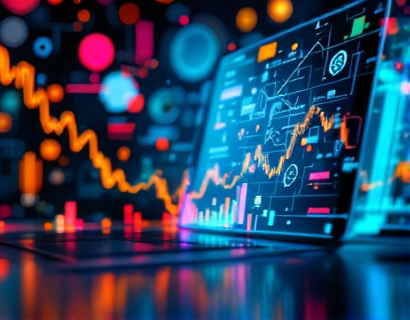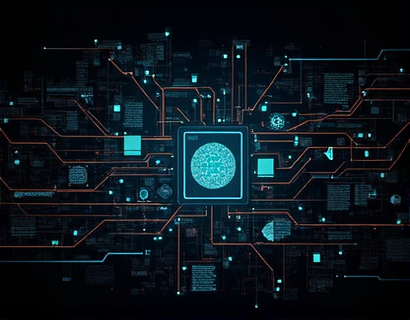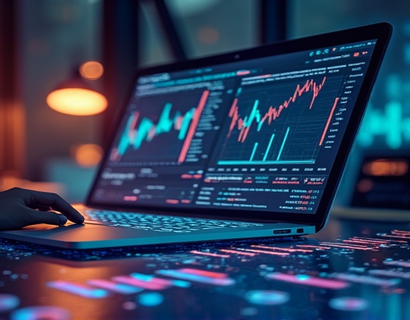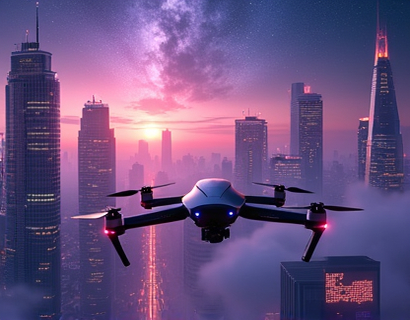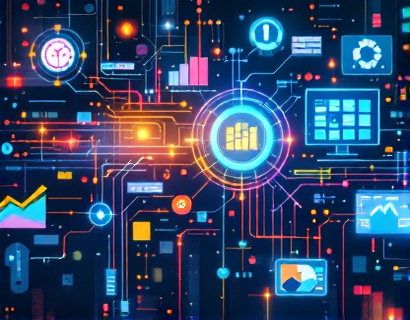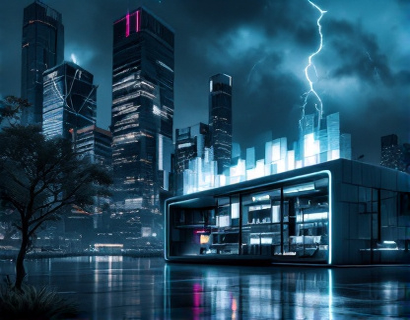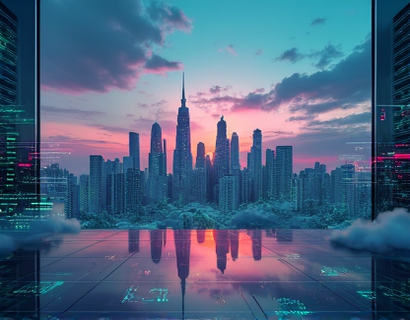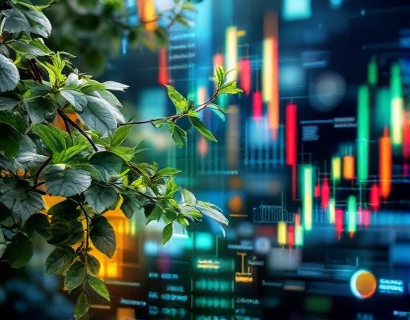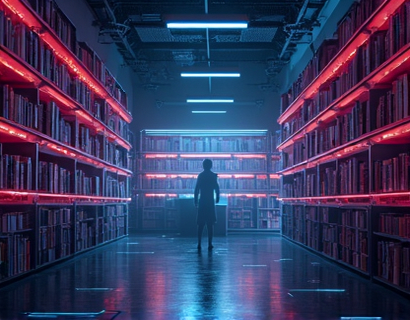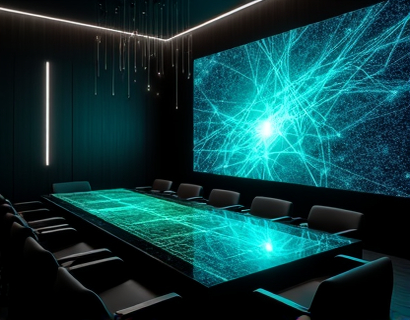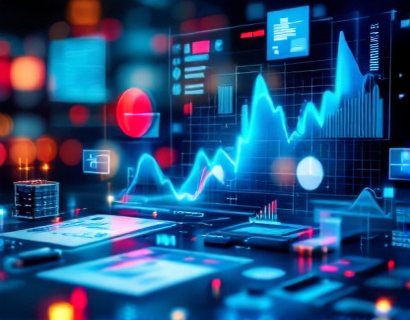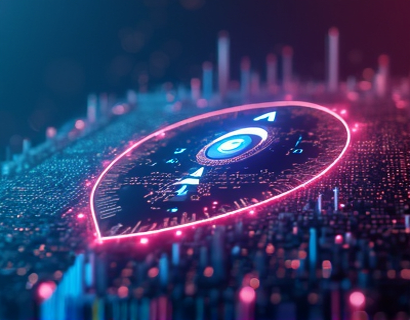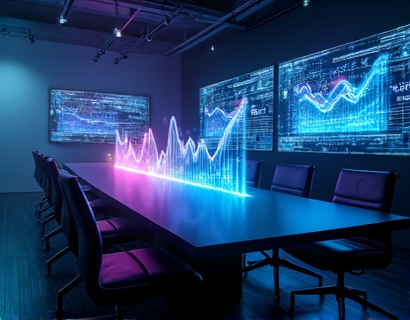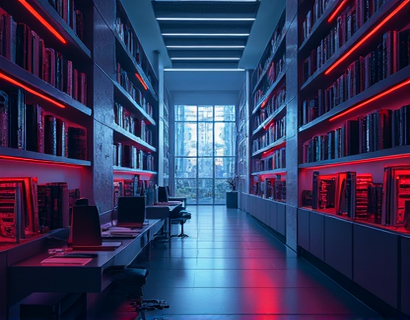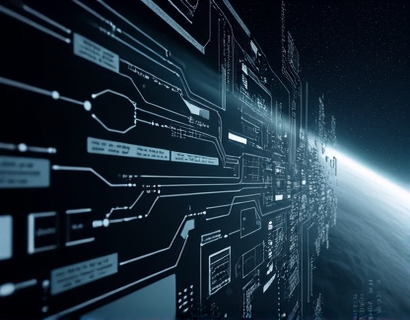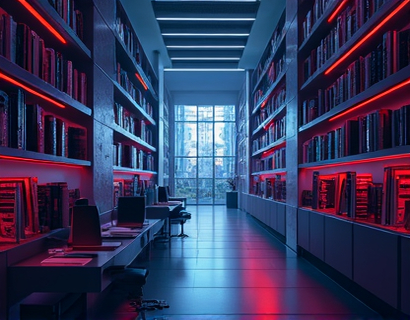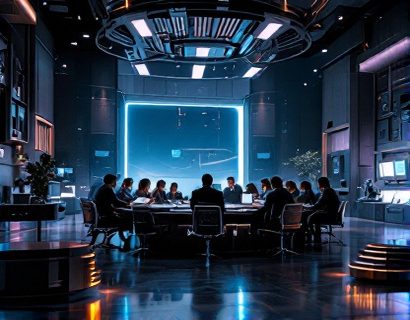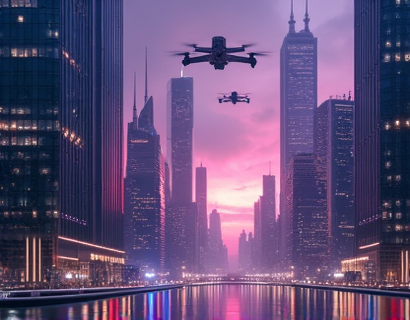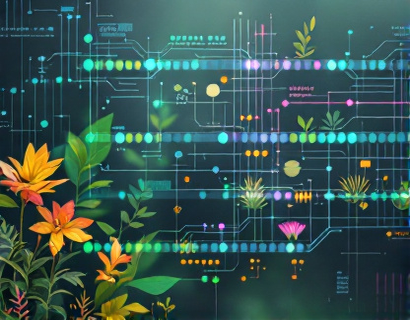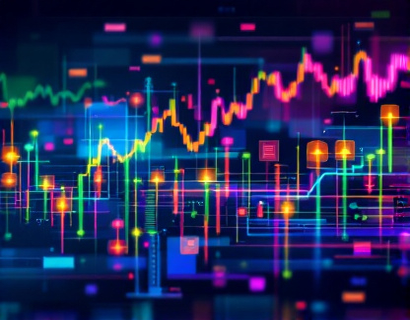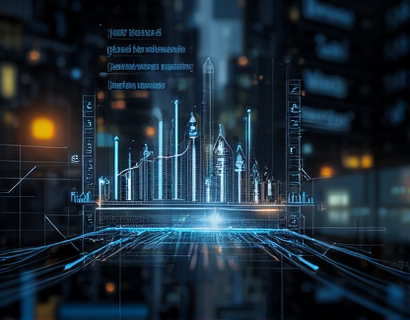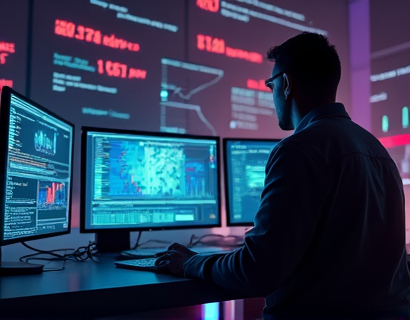Unlocking Digital Transformation: Converting Physical and Digital Assets into Enchanted Collectibles
In an era where digital innovation intertwines with creative expression, the concept of digital transformation has evolved beyond mere technological advancement. It has become a gateway to transforming our physical and digital treasures into captivating digital collectibles. This transformation is not just about digitizing assets; it's about breathing new life into them, enhancing their value, and opening up a realm of possibilities for creative enthusiasts and collectors alike. This article delves into the process of converting your unique items into enchanting digital collectibles using advanced online solutions, and explores the benefits and potential of this digital metamorphosis.
The Evolution of Collectibles in the Digital Age
The tradition of collecting unique items dates back centuries, from rare coins and stamps to art and antiques. In the digital age, this tradition has found a new dimension. Digital collectibles are not just images or files; they are immersive, interactive, and often tied to blockchain technology, ensuring authenticity and scarcity. This evolution has democratized collecting, allowing anyone with an internet connection to participate in a global community of enthusiasts.
Traditional collectibles have inherent value due to their physical presence and rarity. However, digital collectibles offer a unique set of advantages. They can be easily shared and displayed online, their ownership can be verified through blockchain, and they can be experienced through augmented reality (AR) and virtual reality (VR) technologies. This fusion of the physical and digital worlds creates a new paradigm for collecting and appreciating unique items.
Transforming Assets into Digital Collectibles
The process of converting physical and digital assets into digital collectibles involves several steps, each designed to preserve the essence and value of the original item while enhancing its digital presence. The first step is digitization, where physical items are scanned or photographed to create high-resolution digital representations. For digital assets, this step is often bypassed, as the asset already exists in a digital format.
Once digitized, the next step is to enrich the digital asset with metadata. Metadata provides context and additional information about the asset, such as its history, creator, and unique features. This data is crucial for establishing the asset's value and provenance in the digital collectibles market. Advanced online platforms use sophisticated algorithms to analyze and optimize metadata, ensuring that each digital collectible is uniquely identifiable and valuable.
After metadata creation, the digital asset undergoes a process called tokenization. Tokenization involves creating a unique digital token that represents the collectible. These tokens are often based on blockchain technology, which ensures that each token is unique, verifiable, and secure. The use of blockchain not only guarantees the authenticity of the collectible but also provides a transparent and tamper-proof record of ownership and transactions.
Enhancing Value and Appeal
The true magic of transforming assets into digital collectibles lies in the ability to enhance their value and appeal. One of the key factors is scarcity. By limiting the number of tokens created for a particular asset, the collectible becomes rarer and more desirable. This scarcity can be further enhanced by creating different tiers or editions of the collectible, each with unique features or benefits.
Interactivity is another crucial element. Digital collectibles can be designed to interact with users in various ways, such as through AR experiences that bring the collectible to life in the real world, or through VR environments where users can explore and engage with the collectible in immersive settings. These interactive features not only increase the collectible's appeal but also provide a deeper connection to the asset.
Artistic and design elements play a significant role in the allure of digital collectibles. Collaborations with renowned artists and designers can elevate the aesthetic value of a collectible, making it a sought-after item in the digital art market. The use of advanced graphics, animations, and sound effects can transform a simple digital image into a rich, multi-sensory experience.
Joining a Community of Creative Visionaries
Transforming assets into digital collectibles is not a solitary endeavor. It is part of a vibrant community of creative visionaries who share a passion for innovation and artistic expression. Online platforms dedicated to digital collectibles serve as hubs for these enthusiasts, providing a space to showcase, trade, and collaborate on projects.
These communities offer a wealth of resources, including tutorials, forums, and events. Members can learn from each other's experiences, share tips and techniques, and stay updated on the latest trends and technologies in digital collectibles. The collaborative nature of these communities fosters creativity and innovation, driving the evolution of digital collectibles forward.
Unlocking Endless Possibilities
The potential of digital collectibles extends far beyond individual assets. They open up new avenues for artists, creators, and businesses to monetize their work in novel ways. For artists, digital collectibles provide a new revenue stream, allowing them to sell unique digital art pieces that can appreciate in value over time. For businesses, these collectibles can serve as branded items, enhancing customer engagement and loyalty.
Moreover, the integration of digital collectibles with other technologies, such as NFTs (Non-Fungible Tokens), opens up opportunities for fractional ownership and decentralized marketplaces. This democratizes access to high-value collectibles, making them accessible to a broader audience. The combination of blockchain, AR, VR, and other emerging technologies continues to push the boundaries of what is possible in the world of digital collectibles.
Challenges and Considerations
While the potential of digital collectibles is vast, there are challenges and considerations that must be addressed. One of the primary concerns is the technical complexity involved in the process. Users need to have a basic understanding of blockchain technology, digital asset management, and online security to navigate these platforms effectively.
Another consideration is the environmental impact of blockchain technology, particularly proof-of-work blockchains, which consume significant amounts of energy. The industry is actively exploring more sustainable alternatives, such as proof-of-stake mechanisms, to mitigate this issue.
Intellectual property rights are also a critical aspect. Ensuring that the original creators are properly credited and compensated is essential for the long-term sustainability of the digital collectibles market. Platforms must implement robust systems to verify ownership and protect intellectual property.
Conclusion
The transformation of physical and digital assets into digital collectibles represents a exciting frontier in the intersection of technology and creativity. By leveraging advanced online solutions, individuals and businesses can unlock the full potential of their unique items, enhancing their value and appeal in the digital world. This process not only preserves the essence of traditional collecting but also opens up new possibilities for artistic expression and community engagement.
As the technology continues to evolve, the landscape of digital collectibles will undoubtedly expand, offering even more innovative ways to connect, create, and collect. Whether you are an artist, a collector, or simply someone fascinated by the digital realm, the world of digital collectibles invites you to explore, create, and transform.



